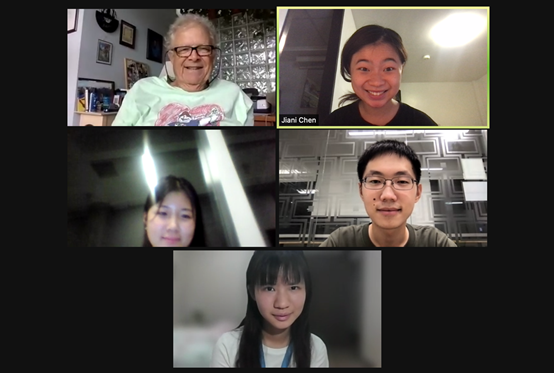
An interview with Prof. Pearl
Dr. Paerl is an aquatic ecologist who works in coastal, estuarine, and freshwater ecosystems. His research interest lies in assessing the effects of human and climatic alterations of water quality and sustainability to coastal and inland waters around the globe. He has done the research at Taihu, China’s third-largest freshwater lake, where we have collected the sample of CaynoHAB, so we decided to consult with him for a better understanding of the water system of Taihu lake and the environmental factors that affect CaynoHAB sustainability. According to Dr. Paerl, anthropogenic nitrogen and phosphorus inputs can accelerate or limit CaynoHAB growth, and so that the internal nutrient cycling should be taken into consideration to accurately measure the algae growth and assess algicidal effects in the real water body. He also raised the limitation of growing the algae in the lab, as algae are engaged with many important relationships with bacteria and other microbes. Thus, it is highly suggested to start with the very simple species of bacteria and algae isolated from the water sample. There are many algicidal mechanisms such as the application of sonification, hydrochloride, copper. However, they are all not ready to be used in the natural system since they should accompany the management of the nutrient cycle in the water system. Thus, it is suggested to target the simple water body that does not involve a complex nutrient cycle to facilitate our mathematical model for simulation.
